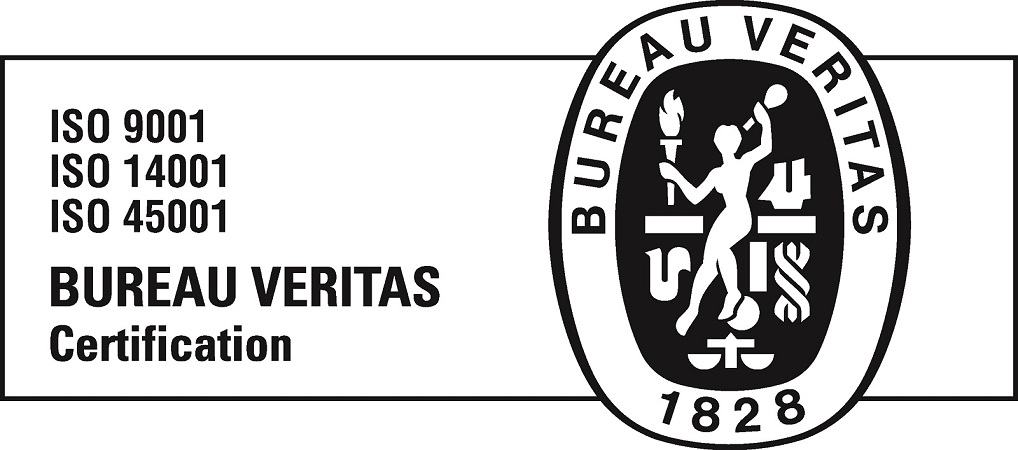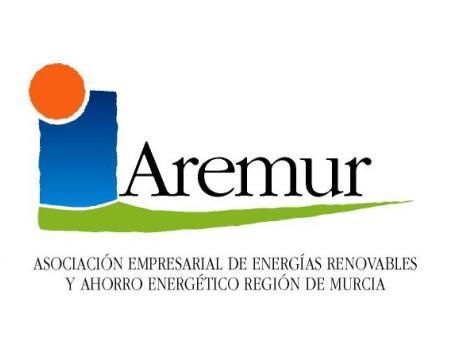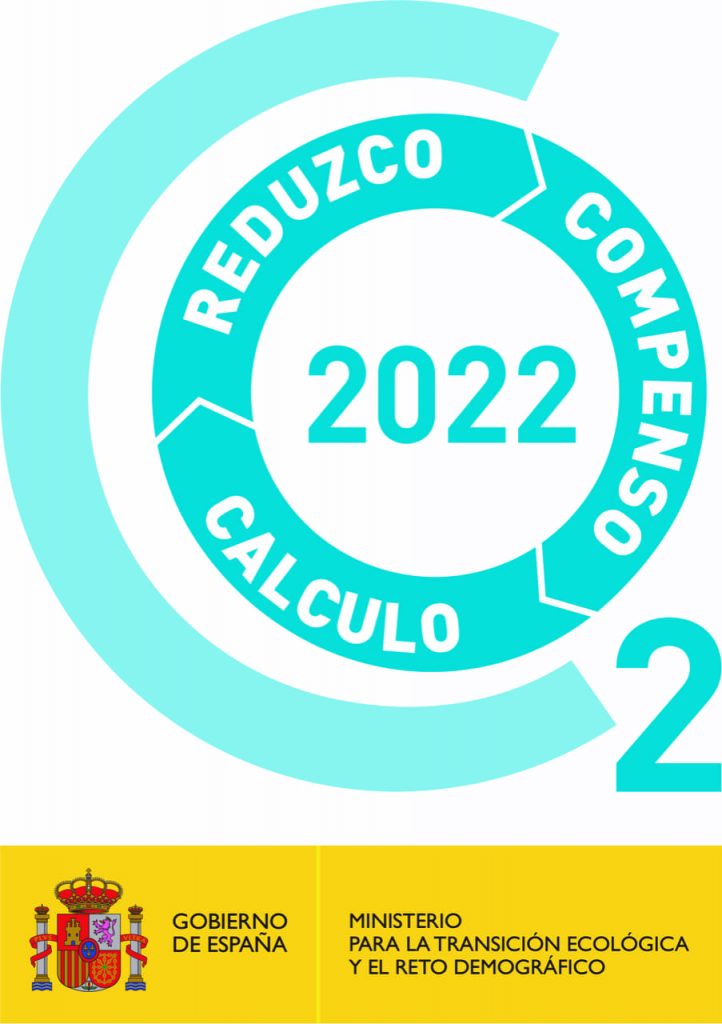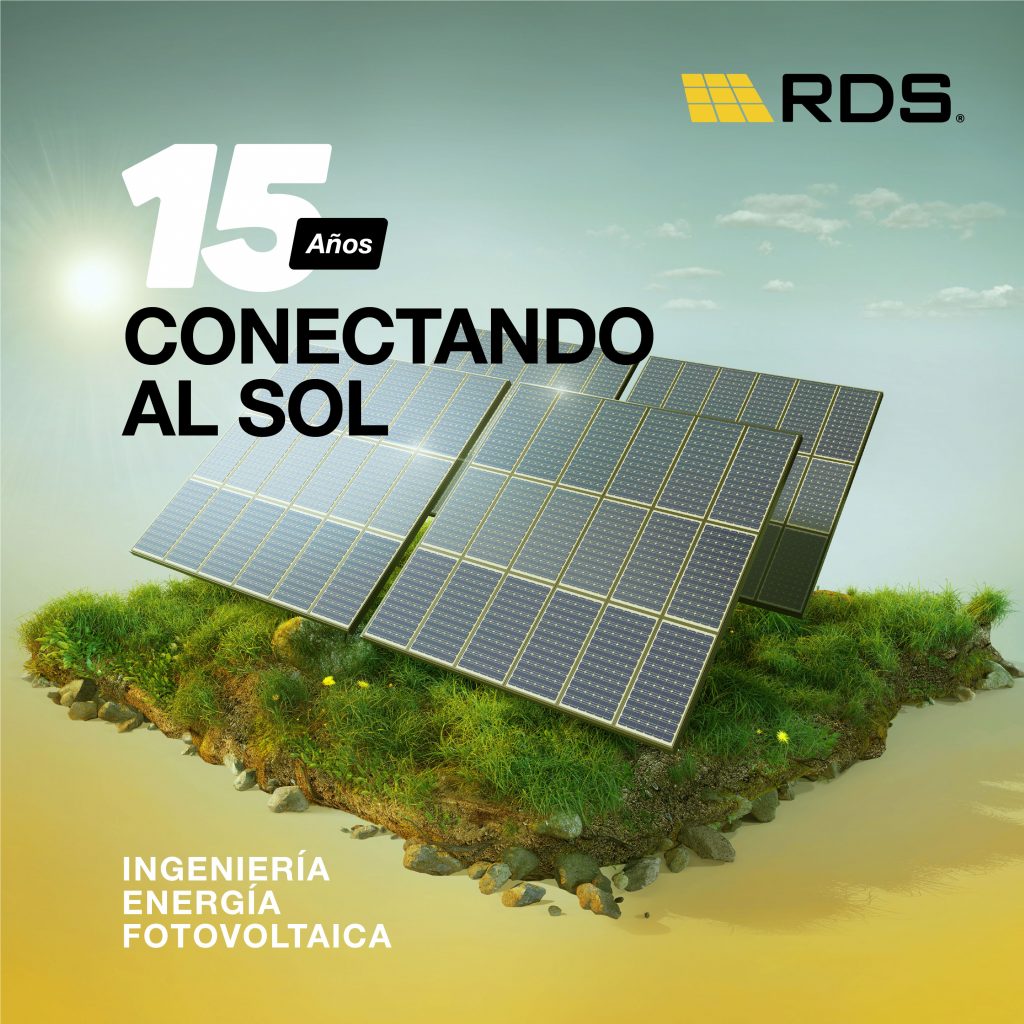




© 2023 RDS. All rights reserved. Designed and developed by delefant
Agrovoltaics represents a revolution at the intersection between renewable energy and sustainable agriculture in Spain. This innovative practice combines solar energy generation with agricultural activity, creating a symbiosis that promises to change the way we use the land and produce energy. In this post, we will explore in detail what Agrovoltaics is, how it works and what its advantages are for sustainable agriculture in our country.
Table of Contents
ToggleAgrovoltaics is an innovative practice that combines the generation of solar energy with agricultural activity, creating a synergy between both sectors. Its main objective is to efficiently take advantage of agricultural land by installing photovoltaic solar panels in areas intended for agriculture or livestock.
In Agrovoltaics, solar panels capture solar radiation and transform it into electrical energy, which can be used to operate agricultural equipment, irrigation systems, lighting or even injection into the electrical grid. This contributes to the sustainability of agriculture, by reducing dependence on non-renewable energy sources and reducing the carbon footprint of agricultural operations.
Agrovoltaics seeks to harmoniously integrate the production of solar energy and agricultural activity on the same land. Areas in which shade is not needed for the proper development of crops or the raising of livestock are taken advantage of, installing solar panels on elevated supports that do not interfere with agricultural productivity.
Additionally, the orientation and inclination angle of the solar panels is carefully considered to maximize the collection of solar radiation throughout the day and seasons of the year.
This synergy between photovoltaic generation and agricultural activity allows for optimal use of the land, since both sectors can coexist and benefit mutually. Crops and livestock receive the sunlight necessary for their development, while solar panels generate clean and sustainable energy.
Agrovoltaics, as a form of intelligent and sustainable agriculture that combines solar energy generation with agricultural and livestock activity, offers multiple advantages. These advantages focus on key aspects such as optimizing land use, reducing fossil fuel consumption and protecting crops from inclement weather.
One of the most notable benefits of Agrovoltaics is the ability to optimally use the available land. By installing photovoltaic solar panels in spaces intended for agriculture, a more efficient use of the land is achieved. This makes it possible to obtain agricultural yields and generate renewable energy simultaneously, thus maximizing available resources.
Agrovoltaics contributes to reducing dependence on fossil fuels by generating clean and renewable energy. By using solar radiation as an energy source, the burning of non-renewable fuels is avoided, which reduces greenhouse gas emissions and helps combat climate change. This reduction in fossil fuel consumption also translates into a decrease in energy costs for farmers participating in Agrovoltaic projects.
Agrovoltaic systems also offer protection to crops against climatic adversities. Photovoltaic solar panels provide coverage that protects plants from extreme weather conditions, such as strong storms or hail. Additionally, this coverage also helps regulate temperatures in the growing environment, creating a microclimate beneficial for agricultural production.
Agrovoltaics is presented as a sustainable solution for agriculture, since it allows the environmental impact of this activity to be significantly reduced. By combining solar energy generation with agriculture and livestock, the use of land is optimized, avoiding the need to allocate additional land exclusively for the installation of solar panels. This implies a reduction in deforestation and the use of natural resources, thus contributing to the conservation of ecosystems and biodiversity.
Agrovoltaics provides a concrete solution to mitigate the consequences of climate change. Solar energy generation, being a clean and renewable source, helps reduce greenhouse gas emissions and reduces dependence on fossil fuels. In addition, protecting crops from inclement weather, such as droughts and high temperatures, contributes to maintaining food security and stability in a context of climate change.
Agrovoltaics stands out for its focus on the efficient use of resources and the reduction of polluting emissions. By taking advantage of the same land for the generation of solar energy and agricultural activity, the use of the land is optimized, avoiding overexploitation and preserving its natural fertility. Furthermore, by reducing the need to use fossil fuels in agriculture, the emission of polluting gases is reduced and air and soil pollution is minimized.
Agrovoltaics offers an innovative solution for sustainable agriculture in Spain by combining solar energy generation with agricultural activity. Its advantages include optimizing land use, reducing polluting emissions and protecting crops.
We know that this renewable energy may seem complex, but at RDS we are here to help and advise you on everything you need. If you are interested in talking to us as a solar panel installer for your next solar energy project, contact us for guidance and personalized information that our own in-house experts will recommend.
